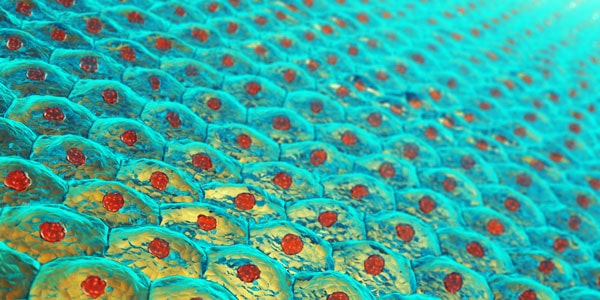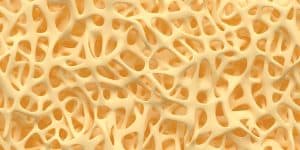
The Bio-Printer and the Bioprinted Skin
Half a world away in Spain, a new bio-printer claims to be able to make new skin. A team of experts at the Carlos III University of Madrid came out with a machine reportedly capable of 3D-printing sheets of functional human skin for use in research or even for transplants. If it breaks through, it can make possible skin grafting using a patient’s own skin obsolete.
The new 3D printer, or aptly bioprinter, uses bio-inks made up of skin cells, plasma, proteins, and other biological components known to exist in human skin, as fibroblasts and keratinocytes. By the principle of additive manufacturing, the computer will selectively and precisely deposit layers of biolinks on the print bed. Critical to the system is how to mix the components under certain conditions and the precise depositing to prevent deterioration of the cells.
The final product produced should consists of what natural skin is – outer layer called the epidermis and the deeper, thicker layer called the dermis, which contains collagen-producing fibroblast.
For purposes of research, as in the field of pharmaceuticals or of cosmetics, the bioprinted skin can be derived from any human skin cells, such as those obtained from skin biopsies . But if it is for therapeutic treatment, as in transplants, burns, and other forms of skin injury, the patient’s own skin cells are required. It takes approximately 2 weeks to grow new skin in the laboratory, and a day or two to print them.
Research facilities in other countries have also manufactured their own bioprinting machines and printed skin derived from patient’s own skin cells. One such facility is based in the University of Toronto and their reports were released in 2014.
These results demonstrate that 3D bioprinting is a suitable technology to generate bioengineered skin for therapeutical and industrial applications in an automatized manner.
Bioprinting Skin Not Too Far Off in Seattle
While bioprinted skin is still in its research stage, your 3D printing company in Seattle, 3D Composites, has its own contributions to medical science and therapeutics. Ask us about your ideas.



